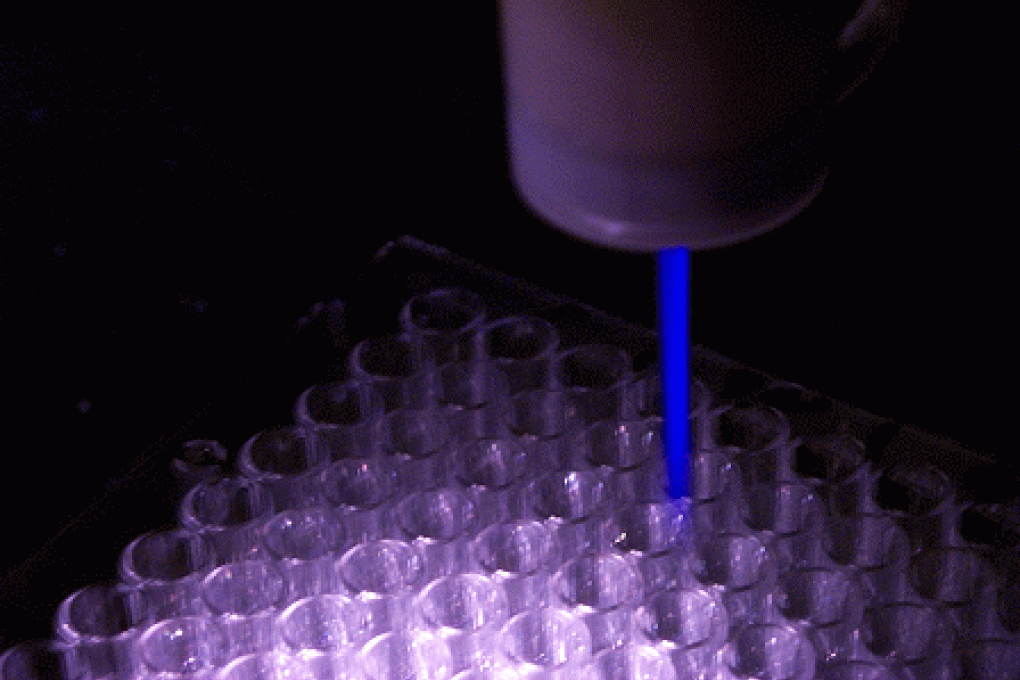New cancer therapies could be on the way as research unlocks the secrets of plasma beams

Scientists have taken a step towards understanding the way plasma beams can kill cancer cells, potentially leading to the development of new therapies for the killer disease.
Treatment by plasma beam – highly energetic particles with positive and negative charges – has some advantages over other treatments, for example it is free of the side effects that go with radiotherapy and is more precise than laser treatments.
However a major obstacle to its use in clinical applications has been a lack of understanding of the underlying mechanism: were the cancer cells killed by physical forces such as heat, ultraviolet radiation and charged particles generated by the plasma, or “poisoned” by chemicals created in reactions with the plasma, such as hydrogen peroxide, ozone and nitrate ions?
Some current plasma guns vaporize cancer cells with power, but new research by a team led by Xia Weidong of the University of Science and Technology of China and Paul K. Chu of the department of Physics and Materials Science at City University of Hong Kong has shown that this approach may not always be necessary.
In a paper in the latest issue of the journal Scientific Reports, the researchers found a relatively gentle plasma beam could in some cases cause enough chemical reactions in a cancer cell to kill it.
They put water under plasma radiation for some time until it contained chemicals generated by the plasma, including ozone and nitrate ions, and then observed the action of the water on a common protein known as lactate dehydrogenase enzyme.